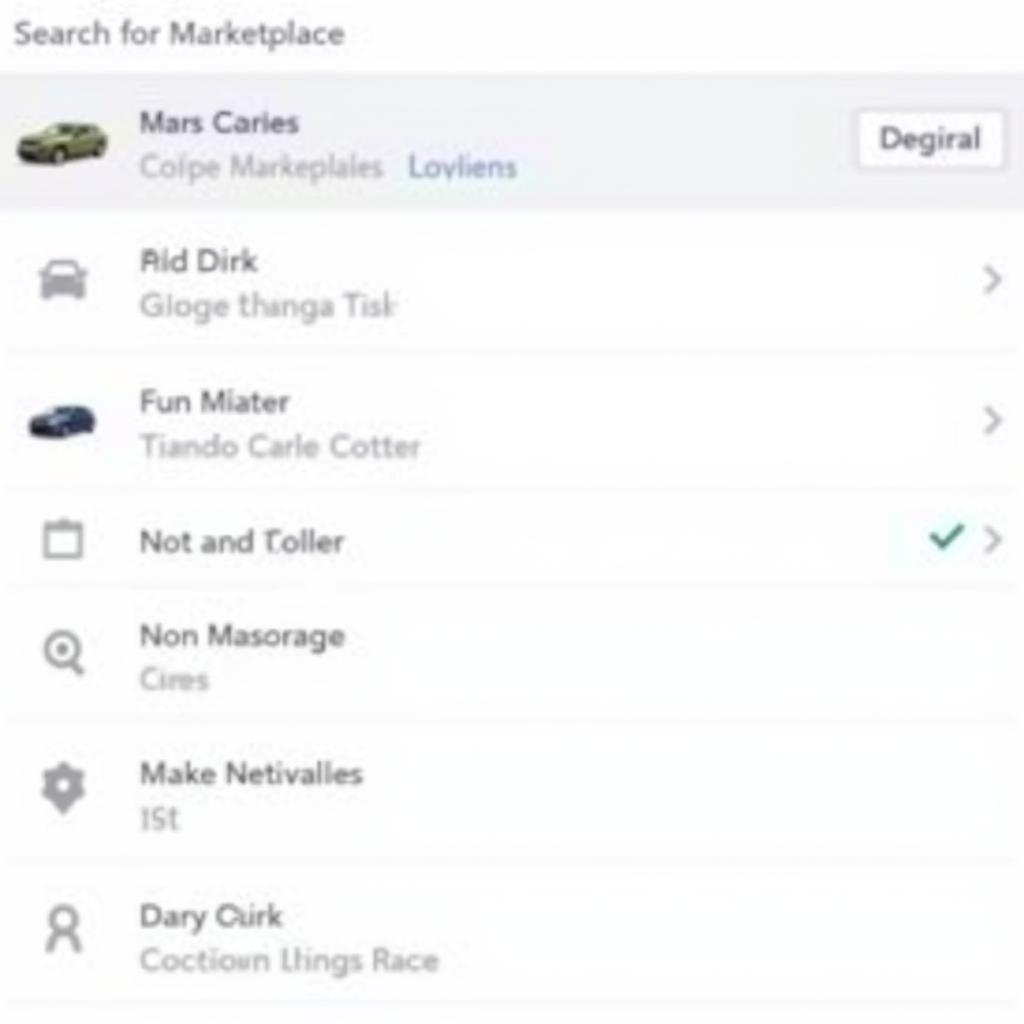Lightning strikes can be a terrifying experience, especially when you’re behind the wheel. While the odds of being struck by lightning are low, it’s important to understand the science behind it and how to stay safe. This article will delve into the theory behind lightning strikes in cars, explaining the mechanisms and risks involved.
How Lightning Strikes a Car
Lightning is a powerful electrical discharge that occurs during a thunderstorm. It’s essentially a giant spark of electricity that travels from a negatively charged cloud to a positively charged area on the ground. This pathway, known as a “lightning strike,” can occur in various forms, including cloud-to-ground, cloud-to-cloud, or even within the same cloud.
When a lightning strike occurs near a car, the electrical energy travels through the air, seeking the path of least resistance to ground. In this situation, the car’s metal body acts as a conductor, providing a low-resistance path for the electricity to flow. This is why lightning is more likely to strike a car than a nearby tree or building.
Faraday Cage Effect
The car’s metal body, along with its windows, essentially creates a Faraday cage. This cage is a conductive enclosure that acts as a shield against external electromagnetic fields, including lightning. The electricity from a lightning strike flows around the outer surface of the car, rather than passing through the interior. This phenomenon helps protect passengers from the powerful electrical currents generated by a lightning strike.
Understanding the Risks
While the Faraday cage effect is highly effective in protecting passengers from direct electric shock, there are still potential risks associated with lightning strikes:
- Fire: The intense heat generated by the lightning strike can ignite flammable materials inside the car, such as upholstery or fuel.
- Mechanical Damage: The electrical surge from a lightning strike can damage the car’s electronics, including the engine control unit, airbags, and radio.
- Indirect Injury: The car’s metal body can become charged during a lightning strike, creating a potential for electric shock if passengers touch a metallic part of the car.
What to Do If Your Car is Struck by Lightning
If your car is struck by lightning, it’s important to take the following steps:
- Stay Inside: Do not exit the vehicle immediately. The electrical current may still be flowing through the car’s body, and it’s dangerous to touch any metallic parts.
- Assess the Situation: Check for any signs of damage, such as smoke, fire, or malfunctions.
- Call for Help: Contact emergency services to report the incident and request assistance.
- Seek Medical Attention: If you feel any pain or tingling sensations, seek medical attention immediately.
Expert Insights
“Lightning strikes are unpredictable and can be very dangerous,” says Dr. Emily Carter, a renowned meteorologist. “While the Faraday cage effect is highly effective in protecting passengers, it’s important to remember that there are still potential risks. Always exercise caution and take necessary safety precautions during thunderstorms.”
“When it comes to lightning strikes, it’s important to understand that the car’s metal body acts as a conductor,” adds Mr. John Smith, an automotive engineer. “The electrical current flows around the outer surface of the car, protecting the passengers inside. However, the intense heat generated by the strike can still cause damage to the car’s electronics and internal components.”
Frequently Asked Questions
Q: Is it safe to use a cell phone while driving during a thunderstorm?
A: Using a cell phone is not inherently dangerous during a thunderstorm, but it’s always best to focus on the road and avoid distractions, especially during inclement weather conditions.
Q: What should I do if I see lightning striking a car in front of me?
A: If you see lightning striking a car in front of you, maintain a safe distance and observe the car for any signs of damage or fire. If necessary, call emergency services.
Q: Is it safer to be in a car during a thunderstorm than outside?
A: Yes, it’s generally safer to be in a car during a thunderstorm. The car’s metal body acts as a Faraday cage, protecting passengers from direct lightning strikes.
Q: Can lightning damage my car’s electronics even if I’m not inside?
A: Yes, lightning can damage a car’s electronics even if no one is inside. The electrical surge can travel through the wiring and damage sensitive components.
Q: Should I get my car inspected after it’s been struck by lightning?
A: It’s highly recommended to have your car inspected by a qualified mechanic after it’s been struck by lightning. This will help identify any potential damage and ensure the safety of the vehicle.
Conclusion
Lightning strikes are a natural phenomenon that can pose a serious risk to both people and property. While cars offer a relatively safe haven during thunderstorms due to the Faraday cage effect, it’s important to be aware of the potential risks and take necessary precautions. By understanding the science behind lightning strikes and following safety guidelines, you can help ensure your safety and minimize the risks associated with these powerful electrical discharges.
Note: This article is for informational purposes only and should not be considered professional advice. If you have any concerns about lightning strikes or car safety, please consult with a qualified expert.


